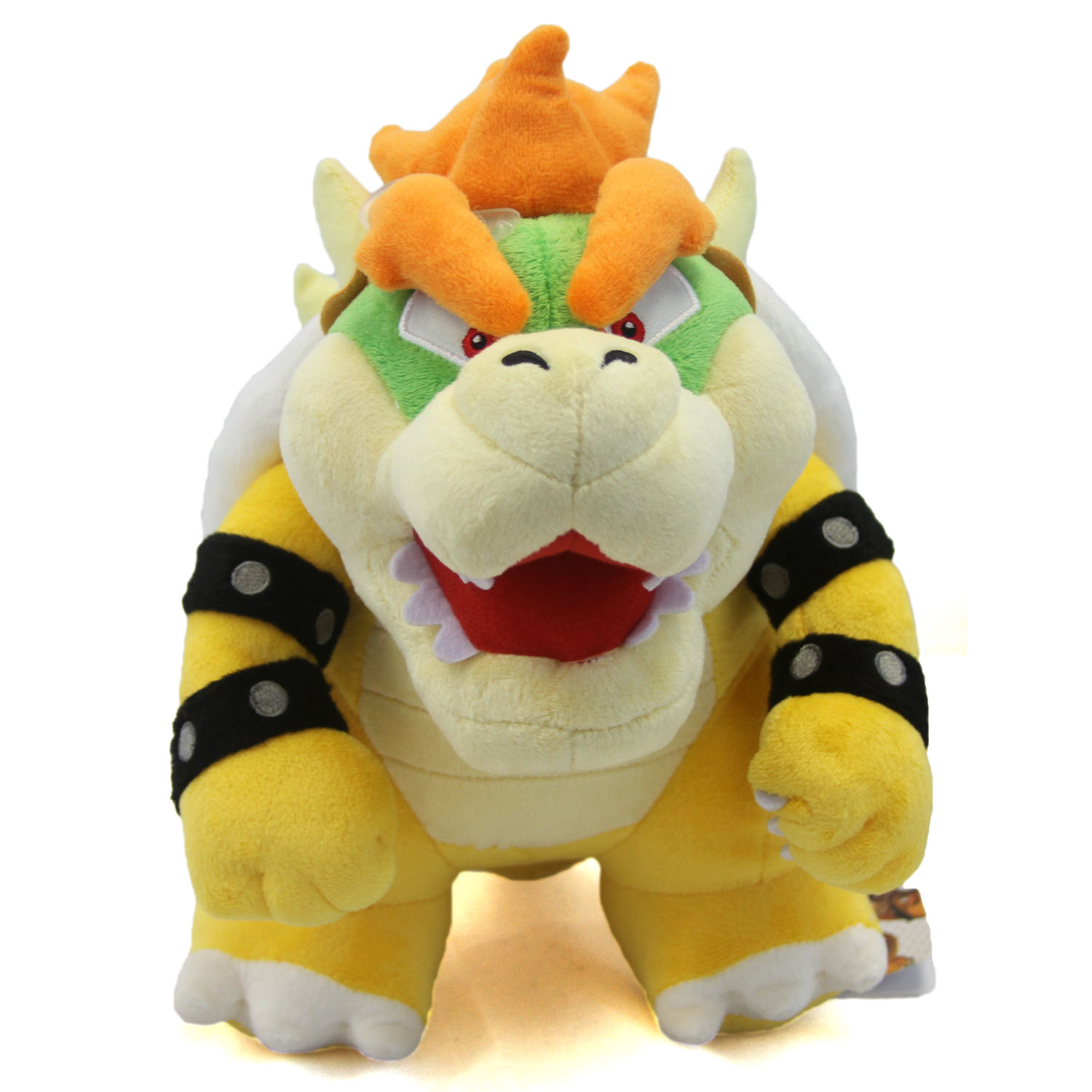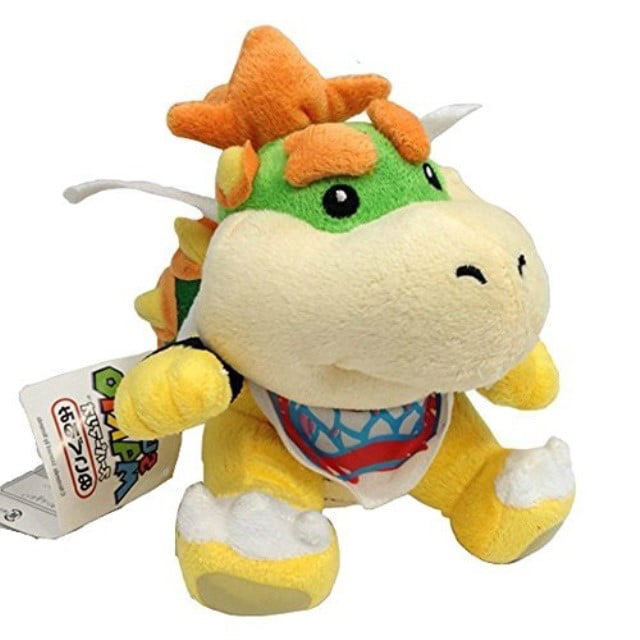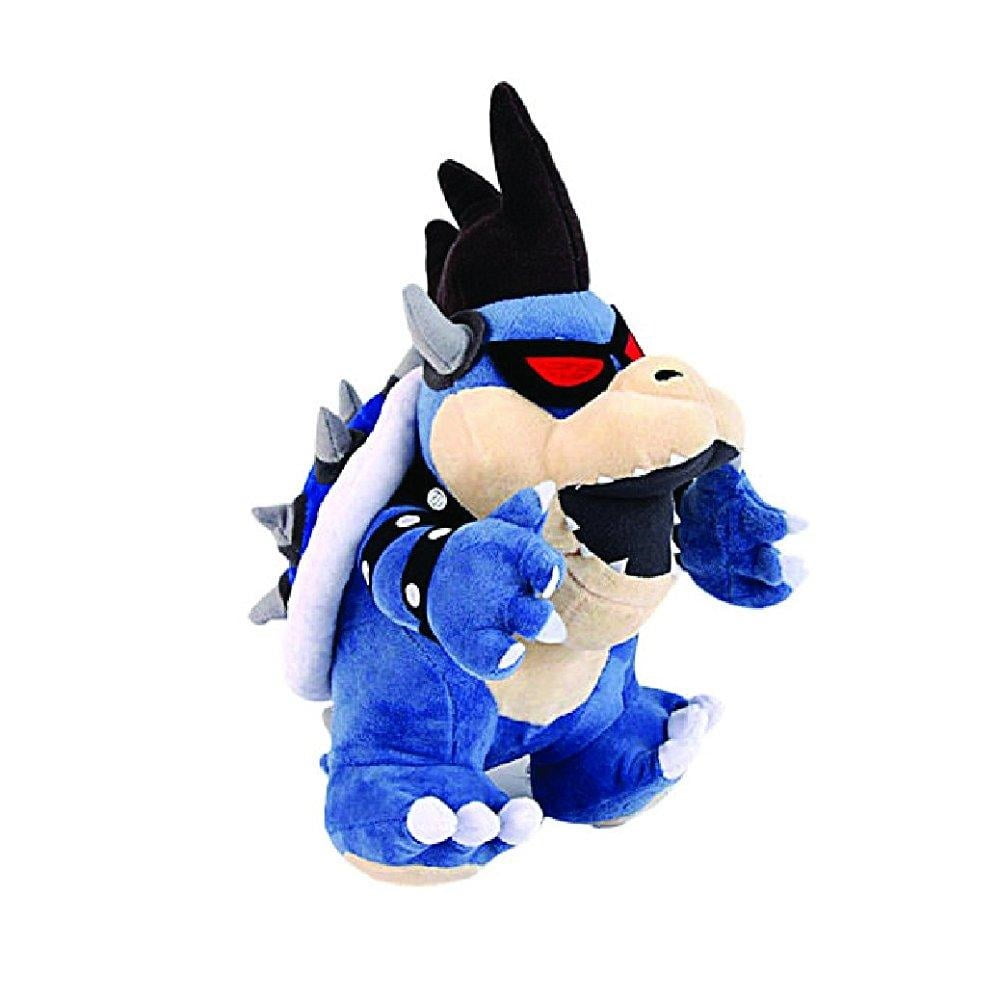

Super Mario World also introduced the concept of knocking a Koopa Troopa out of its shell by jumping on it (something outside the anatomy of real turtles and tortoises), causing it to go in search of a new shell. In Super Mario World for the Super NES, the Koopa Troopa's design was changed slightly, as it was given shoes according to the color of its shell and made bipedal, and although quadrupedal Koopas would be seen in Super Mario Land (albeit as "Bombshell Koopas" - which were similar to Koopa Troopas except their shells exploded), Super Mario Land and its sequel, they would not be seen again until Super Mario Galaxy and its sequel, with bipedal Koopas remaining the most common design throughout the series. Koopa Troopas appeared again in Super Mario Bros.: The Lost Levels, originally a Japan-exclusive Famicom Disk System title released in 1986 as " Super Mario Bros. Jumping on a Paratroopa causes it to lose its wings and become a normal Koopa Troopa. These attributes have been present throughout most of the games. It may also rebound off a block, pipe, or any non-enemy (or player) solid object that is in its way. The shell can then be kicked, causing it to slide quickly along a platform, defeating any enemy in its path (or Mario, should he stand in its way). Jumping on a Koopa Troopa causes it to retreat into its shell. In Super Mario Bros., green-shelled Troopas wander aimlessly along platforms and even fall into pits, whereas those with red shells patrol their platforms, turning around when they reach the edge of it. However, once it was finished, Miyamoto felt that it looked cute. Tezuka suggested that they put wings on the Koopa Troopa, which Miyamoto did not think would work. The design of the Koopa Paratroopa ("Patapata" in Japan), a Koopa Troopa with wings which jumps up and down or flies, came from Mario developer Takashi Tezuka in an attempt to add a flying character to Super Mario Bros., but there was not enough space to include such a character. for the Nintendo Entertainment System, are the troops in Bowser's (known as "King Koopa" in Japan) army. Koopa Troopas ("Nokonoko" in Japan), named as such in 1985's Super Mario Bros. In Mario Bros., the color of a Shellcreeper's shell indicated how fast it was - green being the slowest, purple being faster, and red being the fastest. In Mario Bros., Shellcreepers could only be defeated by hitting the platform on which they stood from underneath, thus flipping them on their backs allowing Mario or Luigi to kick them off the screen. While the design had quite a large head, Miyamoto validated it by suggesting it looked like a tortoise.

BOWSER PLUSH SERIES
Series creator Shigeru Miyamoto had a fellow designer draw the enemy, but the result was far too realistic to fit in with the tone of the game, so Miyamoto designed the enemy himself. Ī Shellcreeper, as depicted in promotional artwork for Mario Bros.Ī tortoise-like enemy called Shellcreepers (simply called "turtles" in Japan ) first appeared in the 1983 arcade game Mario Bros., set in the sewers of New York. A skeleton of a Koopa Troopa is a Dry Bones. Despite making up the bulk of Bowser's army, known as the "Koopa Troop", Troopas are often shown to be peaceful, some teaming up with Mario. Koopa shells are a recurring weapon in the franchise, particularly popularized in the Mario Kart series, in which they can be fired as projectiles against other racers. When defeated, they may flee from or retreat inside their shells, which can usually be used as weapons. Koopa Troopas have appeared in some form in most of the Super Mario games and many of the spin-off games. Predecessors to Koopa Troopas, Shellcreepers, appeared in the 1983 game Mario Bros., with Koopa Troopas debuting in the first Super Mario game, Super Mario Bros.

They are commonly referred to generically as Koopas, a race that includes Bowser, King of the Koopas, the Koopalings, Lakitu, and others. Koopa Troopas, known in Japan as Nokonoko, are fictional footsoldiers of the turtle-like Koopa race from the Mario media franchise.


 0 kommentar(er)
0 kommentar(er)
